British wildlifeHow to make a footprint tunnel that reveals what wildlife visits your garden
Have you ever wondered what wildlife wanders through your garden when you're not watching?
Footprint tunnels are a great way to discover which small animals are out and about, and it's easy to make your own at home.
What is a footprint tunnel?
A footprint tunnel is a small structure you place outdoors that records the tracks of small animals, using animal-friendly ink and a small amount of bait. By working out which animals the inky footprints belong to, you can get a better idea of the variety of wildlife that visits your garden.
Making your own footprint tunnel is straightforward, and you may have most of the materials you'll need at home already.
How to make a footprint tunnel
You will need:
- cardboard
- paper
- masking tape
- twine
- a shallow tray
- carbon powder
- vegetable oil
- bait (such as wet cat or dog food)
1. To make your tunnel, fold the cardboard into three even sections.
2. Cut two pieces of paper to fit the width of the middle section of your cardboard. Use masking tape to secure them at both ends of the cardboard.
3. Secure a shallow tray to the centre of the cardboard with masking tape. Place some bait on the tray.
4. Fill the spaces between the paper and bait tray with masking tape strips – these will serve as the ink pads.
5. In a bowl, combine one part carbon powder with one part vegetable oil and mix well. Paint the mixture liberally onto the masking tape between the bait tray and the sheets of paper.
6. Fold up the sides of the cardboard to create a triangular structure. Make holes at the top of the cardboard flaps and use the twine to tie the tunnel together.
7. Put the tunnel in a sheltered spot outdoors and leave it in place for up to one week, checking for ink tracks on the paper every day.
8. Next, identify what made the tracks on the paper. Photograph the footprints using a ruler to show their size, then use books or online resources to narrow down which animals the tracks belong to.
9. Reset your tunnel in a new location, replacing the paper and topping up the ink and bait tray.
Tips for using a footprint tunnel
How to identify animal footprints
It's possible to work out which small animals have visited the tunnel by looking at the shapes and sizes of the little inky footprints they leave behind.
Use a ruler to work out the dimensions of the footprints and then use books or online resources to work out what made the print, such as these animal tracks guides from the RSPB and the Wildlife Trusts.
In the UK, depending on your location and the time of year, you could spot the footprints of animals including hedgehogs, rodents such as squirrels or mice, and birds.
You could even submit your findings through PTES's Living with Mammals survey to help experts monitor which wild animals are found in your area.
Reuse your tunnel
Once you have some animal footprints on the paper, remove the paper from the tunnel by carefully peeling off the masking tape. If you want to reuse the tunnel, tape down two new sheets of paper at both ends of the cardboard and top up the food tray with fresh bait.
Over time the ink will dry out. For the best chances of inky footprints, it's a good idea to top up the ink pad when you reset the tunnel using the same one-to-one ratio of carbon powder and vegetable oil.
The tunnel is reusable, but as it's made of cardboard it's best to only place it outside when the weather is forecast to be mostly dry. This will prevent the cardboard becoming soggy in the rain, which could cause the tunnel to collapse, and ensures any inky footprints don't get washed away.
Where to place your footprint tunnel
Where you place your footprint tunnel could have an effect on how many animals use it. It is best to place it in a sheltered location, on a flat area rather than on a slope. Try placing it alongside a hedge or structure such as a wall or fence.
A secluded area, such as a garden, will work best. You should avoid placing the tunnel close to roads as traffic is a hazard for animals, or on pavements and pathways where they could be disturbed by people passing by.
What bait should you use?
When choosing bait for a footprint tunnel, wet cat or dog food are good options. You could also try a mixture of wet bait and seeds or nuts to attract a wider variety of wildlife.
If you're hoping to capture hedgehog footprints specifically, you could purchase specialist food for them. However, the tunnel is not specifically designed for hedgehogs but for any animal that happens to enter – using hedgehog food won't guarantee hedgehog footprints.
What ink should you use?
A mixture of carbon powder and vegetable oil is non-toxic and safe for animals. As they walk away from the tunnel, any residue will soon wear off their feet.
It's best to avoid using ink pads, food colouring or paints that you can buy in shops and online as we can't guarantee that all of the ingredients in them are safe for animals.
You can purchase carbon powder online. It's important to use all-natural or food grade activated charcoal powder. Avoid using charcoal produced for BBQs or tooth whitening purposes, for example, as these may have additional chemicals in them that are toxic to animals.
If you don't want to make your own ink, it is possible to purchase ready-made footprint tracking ink.
Working with wildlife
Animals can carry bugs and diseases. Make sure any time you handle the tunnel, you wash your hands straight afterwards.
You can also keep the wildlife visiting your footprint tunnel safe by replacing uneaten bait every few days, to prevent it from going bad. It's also a good idea to clean the bait tray before resetting the tunnel in a new location.
When making your tunnel, cardboard is a good choice as it is easily sourced and can be recycled when you have finished using it. However, as there is bait involved, there is a chance that larger animals could try to get to the food. In doing so, they may damage the cardboard tunnel.
If you have pets, such as a cat or dog, it's best to place the tunnel in an area that they can't access but small animals can, or only place the tunnel outside when pets are indoors. Large wild animals such as foxes and badgers, can't really be prevented from doing damage to the tunnel if they get to the food unless you choose to use more robust materials.
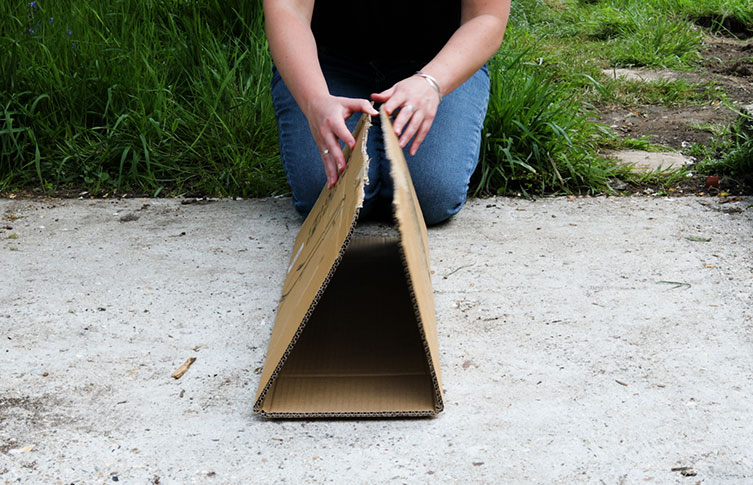
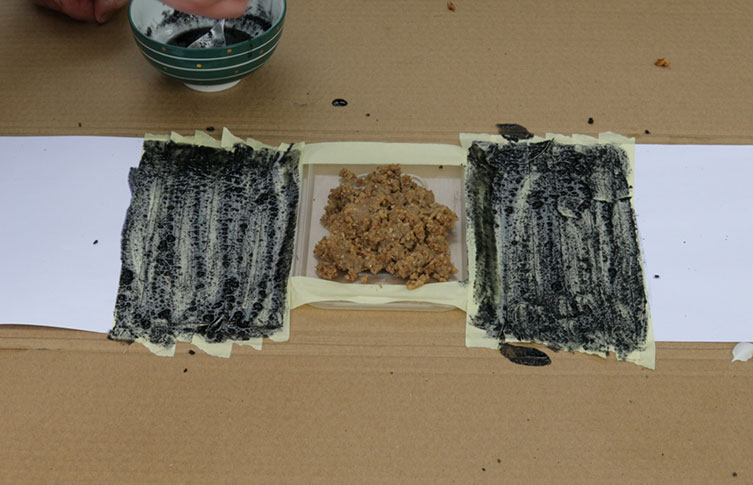
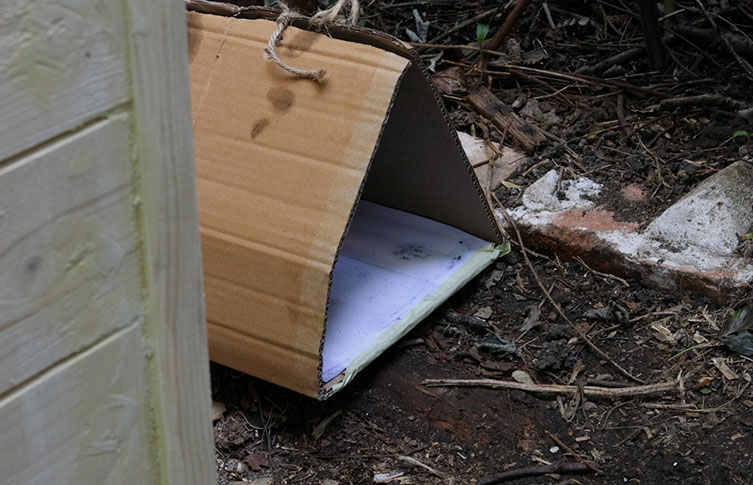
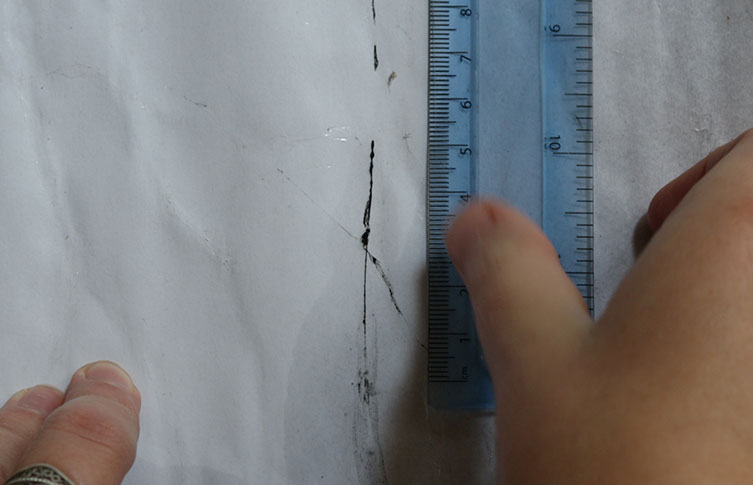
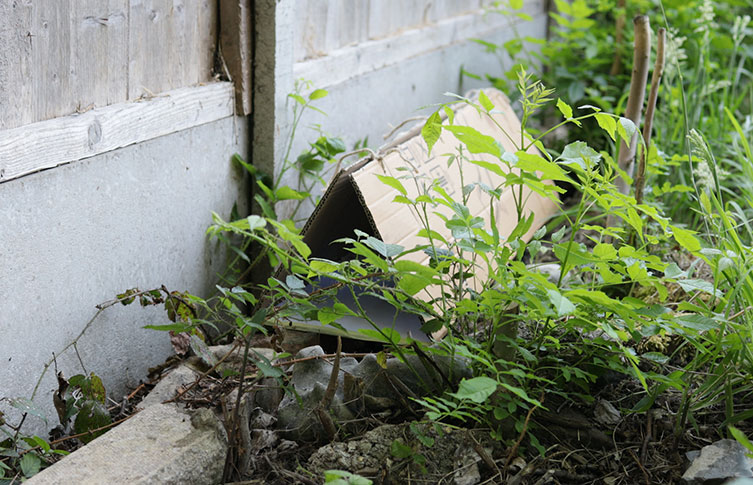
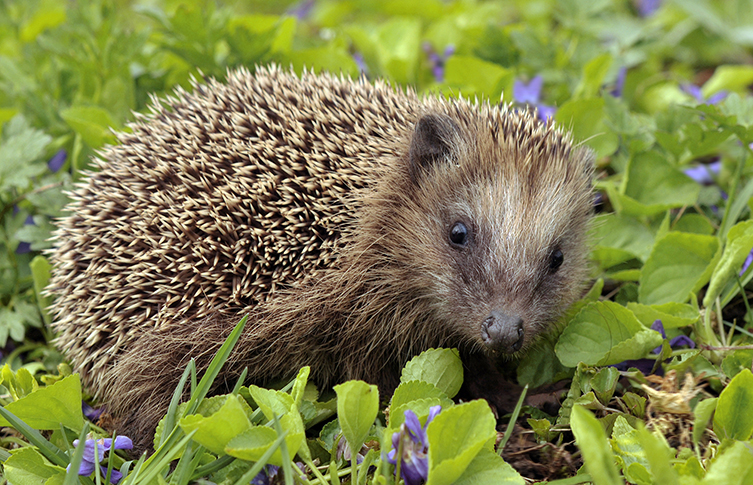
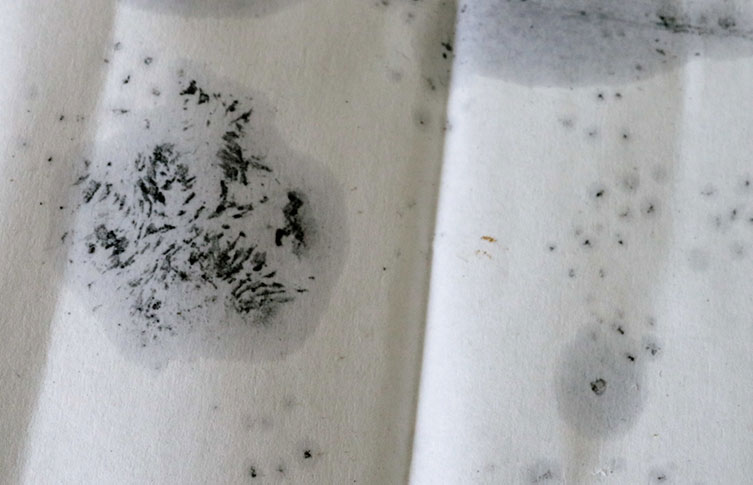


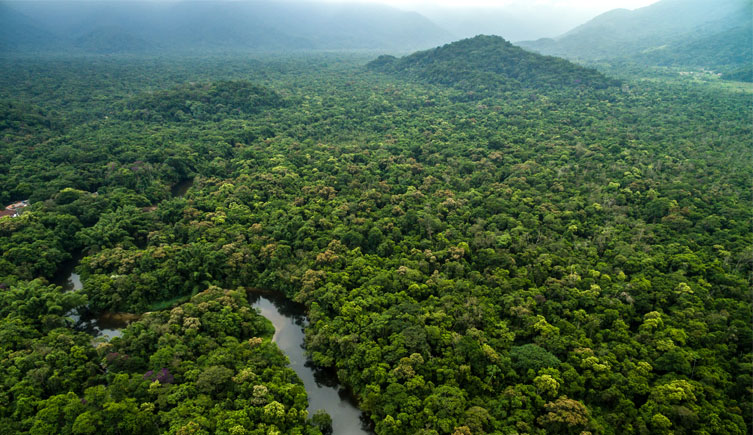




Don't miss a thing
Receive email updates about our news, science, exhibitions, events, products, services and fundraising activities. We may occasionally include third-party content from our corporate partners and other museums. We will not share your personal details with these third parties. You must be over the age of 13. Privacy notice.
Follow us on social media